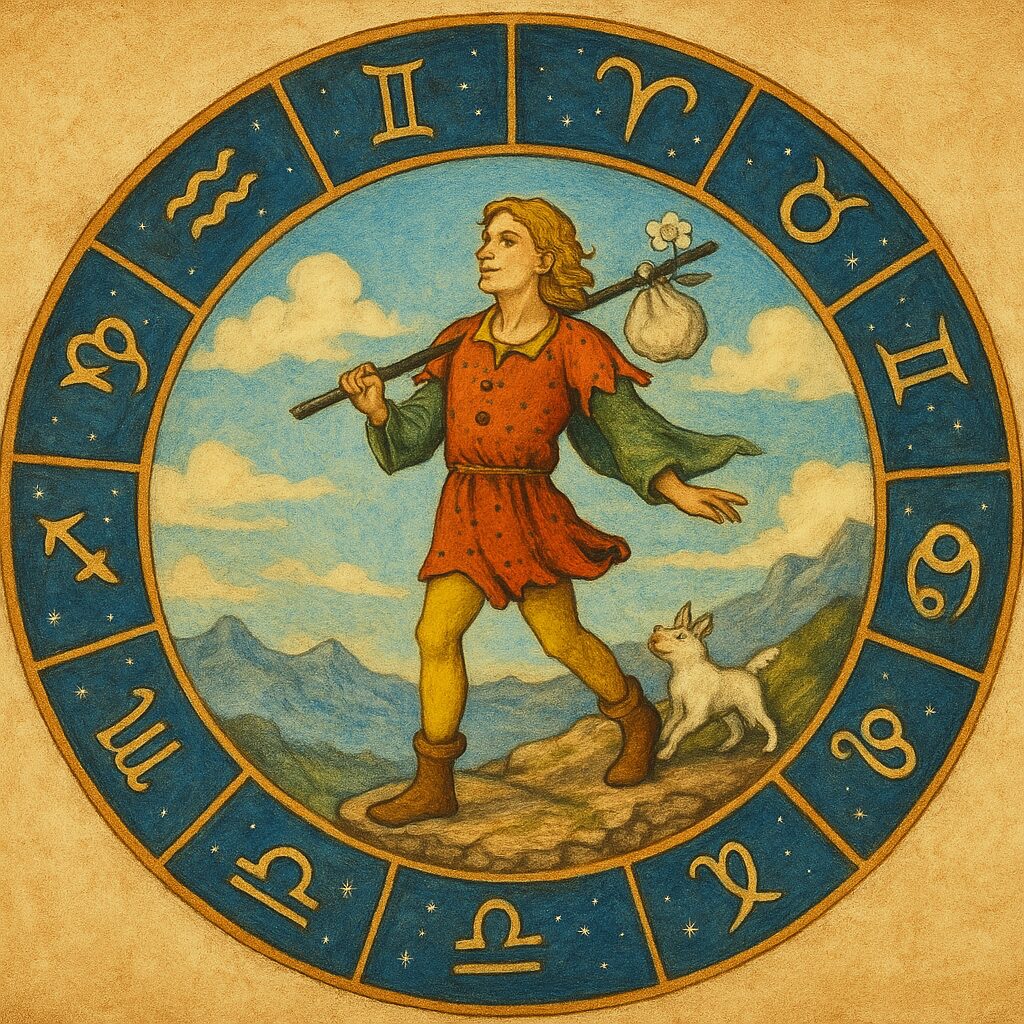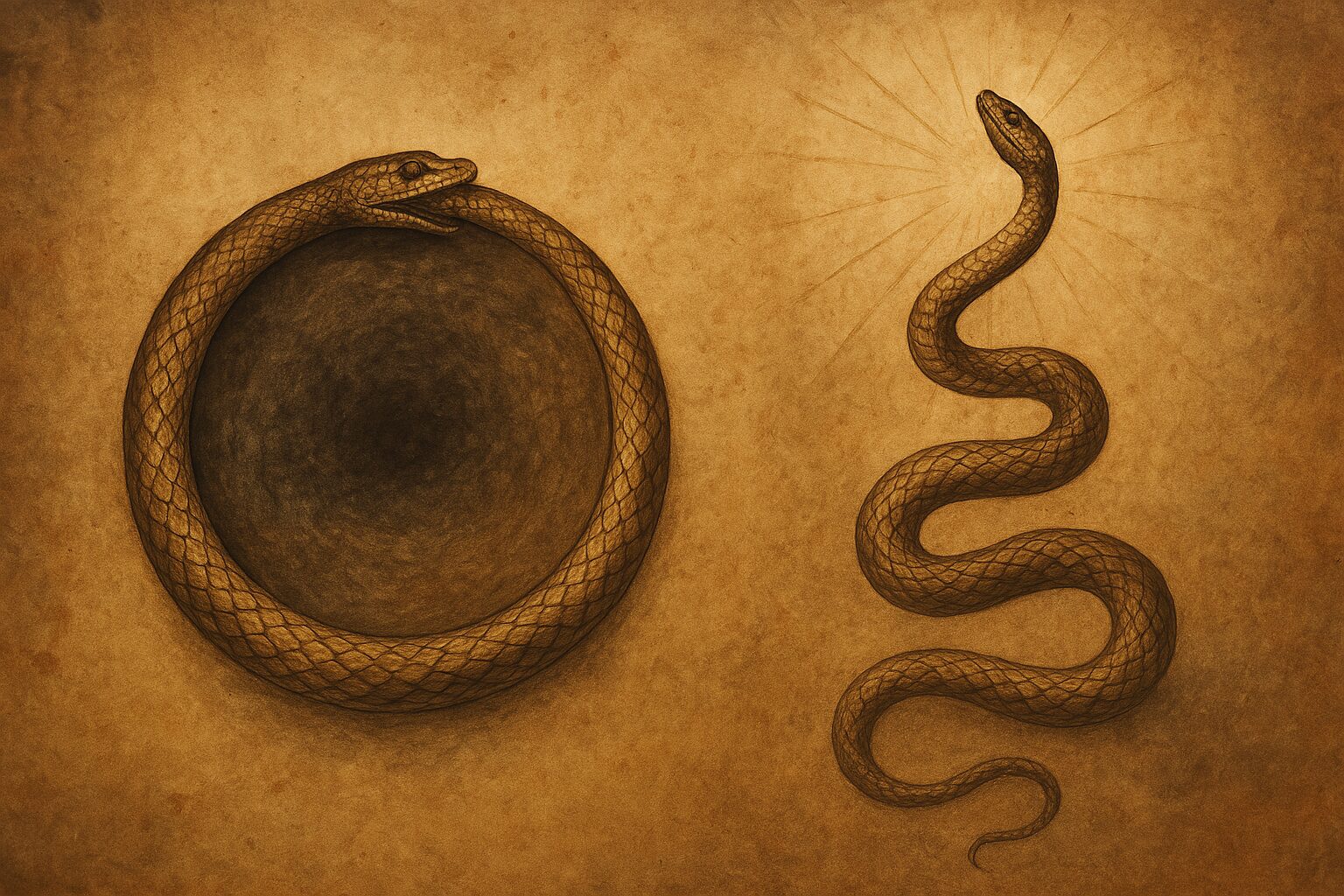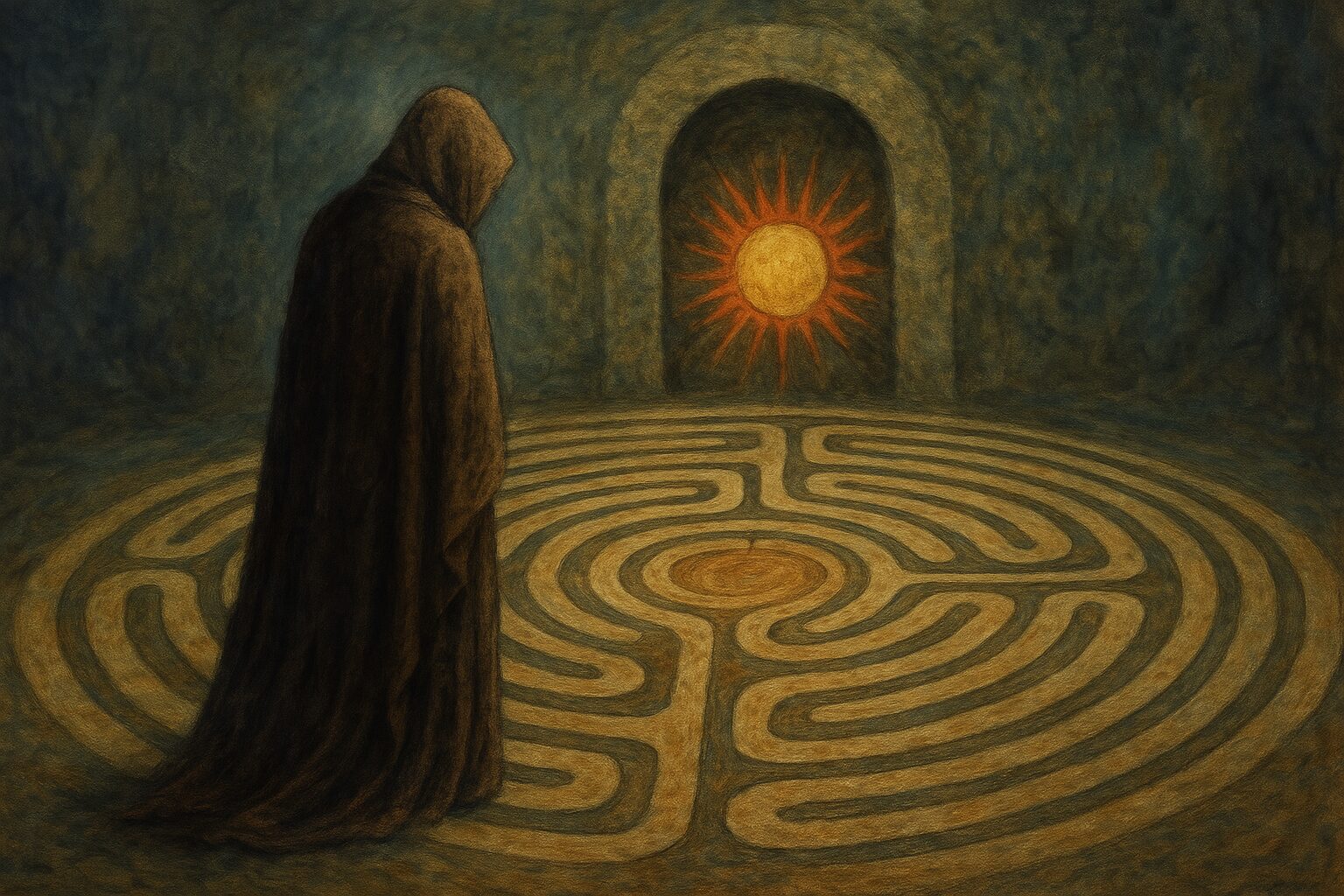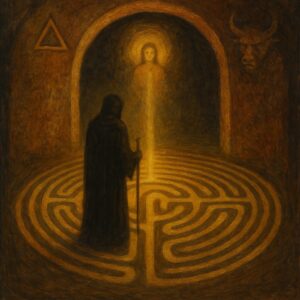In the hidden chambers of the soul, an ancient rite is always taking place—a quiet, shimmering ceremony known as the Alchemical Wedding. Though its roots stretch into the cryptic language of medieval alchemists, its meaning pulses in the heart of all spiritual transformation. This sacred union of opposites—the Sun and the Moon, King and Queen, Fire and Water—is not a ritual of the flesh, but of the soul.
It is the drama of integration, the birth of a new consciousness forged in the furnace of inner conflict and illuminated by love.
The Royal Marriage: A Symbol Across Traditions
The idea of a mystical marriage appears across esoteric traditions. In Hermeticism, it is the coniunctio oppositorum, the joining of opposites. In Jungian psychology, it parallels individuation—the integration of the conscious ego with the unconscious anima or animus. In Kabbalah, it echoes the union of Tiferet (Beauty, the divine groom) and Malkuth (Kingdom, the bride). And in Christian mysticism, it finds resonance in the soul’s marriage to the divine, as seen in the writings of St. John of the Cross and St. Teresa of Ávila.
But perhaps the most striking literary rendering is found in the mysterious Rosicrucian allegory: The Chymical Wedding of Christian Rosenkreutz.
The Chymical Wedding: A Rosicrucian Mystery Play
Published in 1616, the Chymical Wedding is a dreamlike narrative filled with strange trials, royal figures, and esoteric symbols. Christian Rosenkreutz, the humble seeker, is invited to a royal wedding taking place in a distant castle. The events unfold in a sequence of seven days, each filled with riddles, purifications, and spiritual tasks. What begins as a celebration becomes a path of initiation.
At the heart of the wedding lies a mystery: the union of the King and Queen—representing not two people, but two principles. The Sun and the Moon. Gold and Silver. Consciousness and soul.
Their union is not romantic, but alchemical—a synthesis that results in the creation of the Philosopher’s Stone, the perfected state of being.
The Sun and the Moon Within Us
In alchemical terms, the Sun (Sol) represents the active, masculine, solar force—rationality, clarity, ego, will. The Moon (Luna) embodies the receptive, feminine, lunar force—intuition, mystery, emotion, shadow. Every human being carries both archetypes within.
Modern society often demands the dominance of the Sun: logic, productivity, visibility, control. The Moon, with her night-flowers and silver veils, is often banished—deemed too irrational, too “soft,” too unpredictable.
But spiritual awakening demands their reconciliation.
When the Sun and Moon are out of harmony, we experience inner division: burnout, depression, identity crises. When they meet, however—truly meet—we find not balance in the superficial sense, but transmutation.
The Sacred Alchemy of Integration
To undertake the alchemical wedding within oneself is to begin a process of spiritual alchemy. This does not involve literal gold or laboratories, but symbols and soul work. The stages of the Great Work—nigredo, albedo, citrinitas, rubedo—are metaphors for psychological and spiritual transformation:
- Nigredo (Blackening): The descent into the shadow, breaking down false identities.
- Albedo (Whitening): Purification and clarification, often through solitude and silence.
- Citrinitas (Yellowing): Awakening of insight, often described as illumination or spiritual rebirth.
- Rubedo (Reddening): The final stage—the alchemical wedding—when the opposites are fused, and the new self is born.
This final stage is not the end, but the beginning of a new cycle. A new life.
Love as the Agent of Fusion
No matter how abstract the symbols, the Alchemical Wedding ultimately requires love. Not mere sentiment, but agape—the love that recognizes the divine in the other. Love is what allows us to sit with the uncomfortable, to embrace the shadow, to forgive the self, to integrate the fragmented.
In alchemy, this is known as the solutio, the dissolution of boundaries through compassion.
Love dissolves the walls between the Sun and the Moon.
Living the Wedding Daily
The Alchemical Wedding is not reserved for mystics and monks. It is available in everyday moments:
- When you listen rather than argue.
- When you make peace with a painful memory.
- When you harmonize your routines with your inner rhythm.
- When you create art that speaks from both logic and dream.
It is a lifelong process. Some days, the Sun will blind the Moon. Other days, the Moon will eclipse the Sun. But if you remain aware of the dance, you are already on the path.
Conclusion: Becoming the Stone
The goal of the Great Work is not escape from the world but transformation within it. The true Philosopher’s Stone is not a mystical relic—it is a symbol of the awakened self, forged through the alchemy of union.
To marry your Sun and Moon is to become whole. To become whole is to become luminous.
And in that light, the world itself begins to change.




